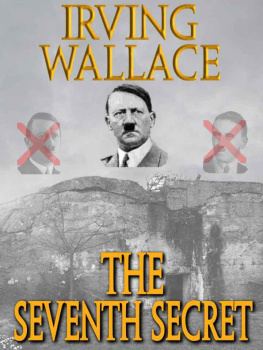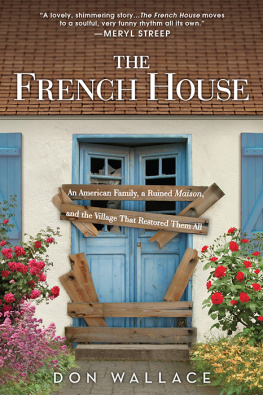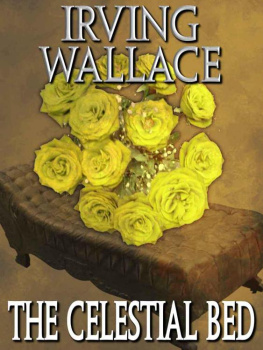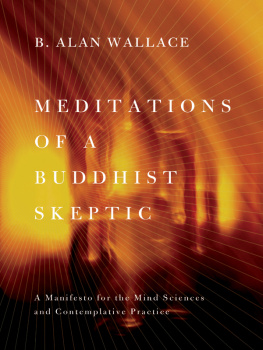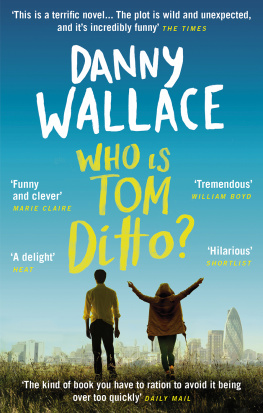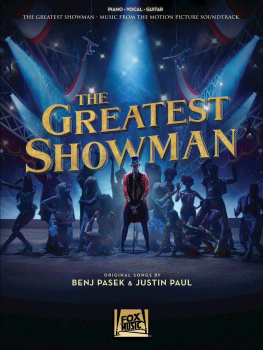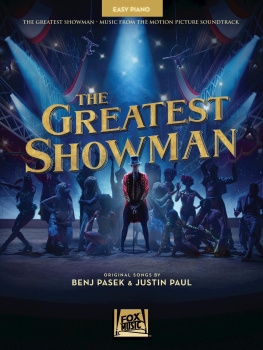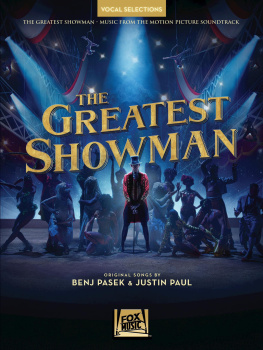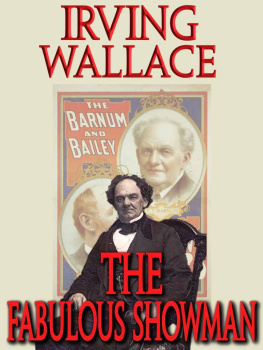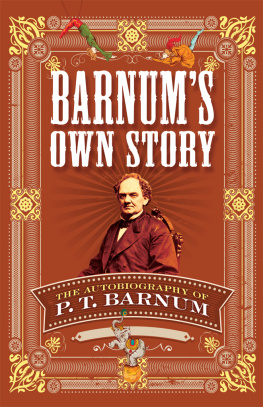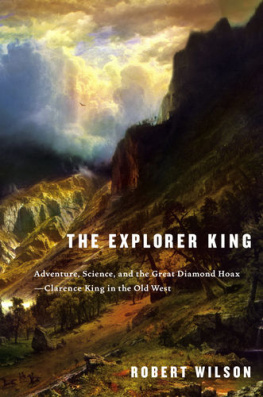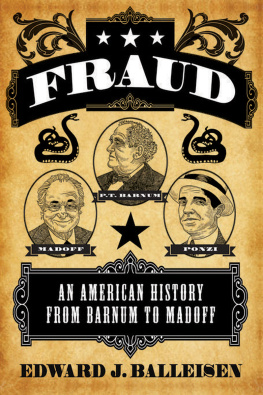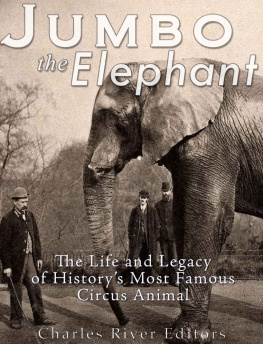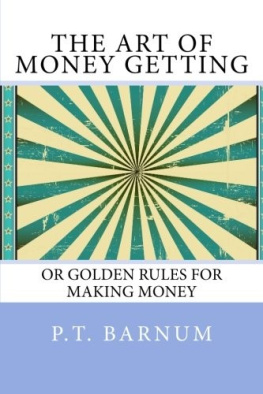THE MAN
By Irving Wallace

First Digital Edition published by Crossroad Press
The Man Copyright 2011 Amy Wallace & David Wallechinsky
Introduction Copyright 2011 James Earl Jones
Afterword Copyright 2011 David Wallechinsky
Cover Design by David Dodd / Copy-editing by Paul Wargelin
American Flag image courtesy of: http://hhjr.deviantart.com/
LICENSE NOTES:
This eBook is licensed for your personal enjoyment only. This eBook may not be re-sold or given away to other people. If you would like to share this book with another person, please purchase an additional copy for each person you share it with. If you're reading this book and did not purchase it, or it was not purchased for your use only, then you should return the vendor of your choice and purchase your own copy. Thank you for respecting the hard work of this author.
ALSO FROM IRVING WALLACE & CROSSROAD PRESS
NOVELS:
The Prize
The Word
The Chapman Report
BIOGRAPHIES:
The Two (With his daughter, Amy Wallace)
BUY DIRECT FROM CROSSROAD PRESS & SAVE
Try any title from CROSSROAD PRESS use the Coupon Code FIRSTBOOK for a onetime 20% savings! We have a wide variety of eBook and Audiobook titles available.
Find us at: http://store.crossroadpress.com
CONTENTS OF THE DIGITAL EDITION
ABOUT THE AUTHOR
Irving Wallace was born in Chicago , Illinois , raised in Kenosha , Wisconsin , and educated in Berkeley , California . After writing political articles, biographical profiles, human-interest stories, and fiction for the leading national magazines, he turned his attention to the creation of books. Wallace's 16 novels and 17 non-fiction works have sold tens of millions of copies around the world. His first major success was with The Chapman Report , in 1960, which was made into a film in 1962. His bestselling 1962 Cold War novel The Prize was made into a film in 1963, starring Paul Newman. The Man was made into a film in 1972 starring James Earl Jones. After an amazing career spanning decades, Irving Wallaced died on June 29, 1990. He is survived by his children, Amy Wallace and David Wallechinsky, both best-selling authors in their own right.
DEDICATED TO
Sylvia, David, and Amy
With Love
INTRODUCTION
Irving Wallace's The Man is a prophetic novel, although not all the prophecies in his absorbing work of fiction have come true. The novel dramatizes the extraordinary events transpiring after the sudden death of a fictitious American president. Ironically Wallace's book, published in 1964, was completed in 1963 just nine weeks before the death of President John F. Kennedy. The Man also depicts a president's impeachment trial, 35 years before the impeachment of President William Jefferson Clinton .
The new president who stands center stage in Wallace's drama is Douglass Dilman, a reserved former college professor with no "fire in his belly" for presidential politics. Tragedy thrusts him into the nation's highest office, and fate inaugurates him as the first black President of the United States of America .
In 1972, it was my privilege to play Douglass Dilman in what was initially intended to be an ABC Television Movie of the Week, based on Irving Wallace's best selling novel. Whether he was writing fiction or non-fiction, Wallace had a passion for research. In 1963, as back-ground for The Man , he accepted an invitation from President John F. Kennedy to spend several days observing life in the White House, from the Oval Office to the Cabinet Room to the private family quarters. As a result, his novel is grounded in authentic details, and even the Congressional newspaper, The Roll Call , praised the book for its understanding of government in all its "importance, its pettiness, its complexities, vagaries, shortcomings and its greatness."
As I prepared to play The Man , I noted key elements in the novel that might be kept for the film, elements that might not be kept, and even elements that were not in the story at all, but might be added. This would be my first major film role since The Great White Hope in 1970. It gave me the chance to play a black man who was not a stereotype of a militant.
In those volatile days of the seventies, there was a general public insistence that a black man be militant. This seemed to be expected of black men by other black men, by white men, by liberals, and even by conservatives. There was the attitude, often liberal, that said, "If I were a black man, I would sure as hell be screaming or angry." At the other end of the spectrum, there were those people, often conservative, who seemed to prefer stereotypes, saying, "Give me a black man who is yelling and screaming and I'll know what to do with him ."
Douglass Dilman, to the contrary, is a quiet, rational man trying his best to do a difficult job in daunting circumstances. Thrown into the center of a political earthquake, he is an apolitical creature, and something of a Milquetoast. He is an intellectual, and a good man with a commitment to principles but no appetite for political battles. His adversaries in the administration try to isolate Dilman, shutting him off in a corner so that they can run the government and leave him out of the loop.
I am not an intellectual and I don't think of myself as a Milquetoast, but Dilman is not unlike me. I am not saying that I was ideal casting, but a truly remarkable cast and crew were assembled around me to try to bring Wallace's novel to life on the television screenBurgess Meredith, Martin Balsam, Barbara Rush, Anne Seymour, William Windom, and Lew Ayres, among others. Comedian Jack Benny opened the film in a cameo role.
Rod Serling, who enjoyed a huge success with The Twilight Zone , wrote the television screenplay, and Joe Sargent was our able, dynamic director. The script, the setting, the shooting schedule and the budget were all geared to television, and a television movie in those days, far more than today, was streamlined for the small screenvery low budget, modest salaries, and a quick production pace.
Certain creative decisions were made to compress Wallace's complex novel for the small screen, to take The Man and his friends and foes into American living rooms. As is often the case when a novel is the basis for a screenplay, liberties were taken with exterior details in the original story. Serling, exercising dramatic license, gave Dilman one child instead of two; emphasized racial conflict in South Africa rather than in the United States ; and set up the climax of the drama at a political convention rather than an impeachment trial.
This was a time when television shows had to be very careful about the treatment of racial issues and themes. Otherwise some Southern states, including my native state of Mississippi , would refuse to air them. For the television script, the decision was made to eliminate the sensational issue of the impeachment of the first black President of the United States . His enemies had fought dirty and tried hard to get rid of him. In the novel, Dilman is charged with violating his oath of office, committing treason against the United States , obstructing justice, and demonstrating "loose morals, intoxication, partisanship, and maladministration." He is even accused of raping his social secretary. At that time, I did not protest when this material was cut from the script.
In the film, a South African official is assassinated by a young African American, and a huge public outcry ensues when Dilman considers extraditing the young man. I went to Rod Serling and said, "I find it a weakening factor in our drama that President Dilman does not meet one-on-one, face-to-face with representatives of the South African apartheid regime." Irving Wallace seriously explored issues of African unity in the novel, and Dilman's meetings with President "Kwame Amboko" of the independent African democracy of "Baraza" form a very important facet of the story. When I urged Rod to consider this encounter, he said, "No, Jimmy, that would be another story."


